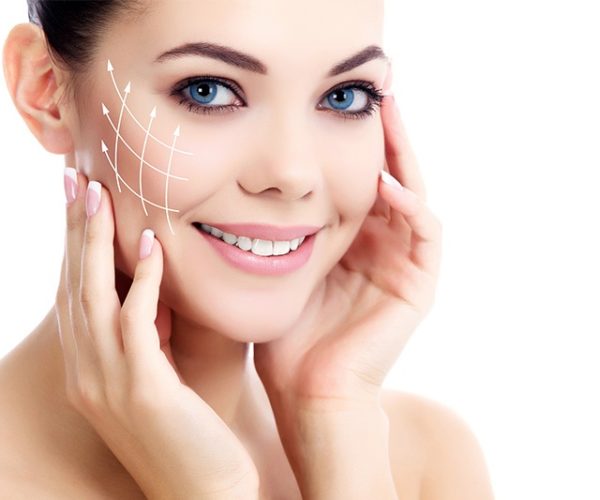Self-massage is a great way to supplement professional treatments and help keep your body feeling its best. There are many benefits to self-massage, including reducing stress, improving circulation, and relieving muscle tension.
To get the most out of self-massage, it’s important to use the right techniques. This means using slow, deliberate strokes and applying pressure that is comfortable for you. It’s also important to focus on areas that are feeling tight or sore. Here are some self-massage techniques you can use to help relieve stress, tension, and pain:
Neck and Shoulders:
One of the most common areas to hold tension is in the neck and shoulders. To self-massage, these areas, start by placing your right hand on your left shoulder. Use your fingers to make small circles on the muscle. You can also use your fingers to knead the muscle by making a fist and then moving your hand in a back-and-forth motion. Move your hand to the back of the neck and massage the muscles using the same techniques.
Back:
The back is another common area to hold tension. To self-massage, the back, start by placing your hands on either side of the spine. Use your fingers to make small circles on the muscles. You can also use your fingers to knead the muscles by making a fist and then moving your hand in a back-and-forth motion.
Hands and Arms:
Tension often builds up in the hands and arms from activities like typing or using a mouse. To self-massage, these areas, start by placing your right hand on your left arm. Use your fingers to make small circles on the muscle. You can also use your fingers to knead the muscle by making a fist and then moving your hand in a back-and-forth motion.
Legs and Feet:
The legs and feet can often feel tired and sore after a long day. To self-massage, these areas, start by sitting in a comfortable position. Place your right hand on your left leg and massage the muscle using small circles. You can also use your fingers to knead the muscle by making a fist and then moving your hand in a back-and-forth motion. Next, massage and spa is the muscles of the foot and ankle using the same techniques.
Tips for Self-Massage:
- Use slow, deliberate strokes.
- Apply pressure that is comfortable for you.
- Focus on areas that are feeling tight or sore.
- Use a small amount of lotion or oil to help reduce friction.
- Avoid massaging areas that are injured or inflamed.
- If you have any medical conditions, consult with a doctor before you start self-massage.
Conclusion:
Self-massage is a great way to supplement professional treatments and help keep your body feeling its best. There are many benefits to self-massage, including reducing stress, improving circulation, and relieving muscle tension. To get the most out of self-massage, it’s important to use the right techniques. This means using slow, deliberate strokes and applying pressure that is comfortable for you. It’s also important to focus on areas that are feeling tight or sore.




